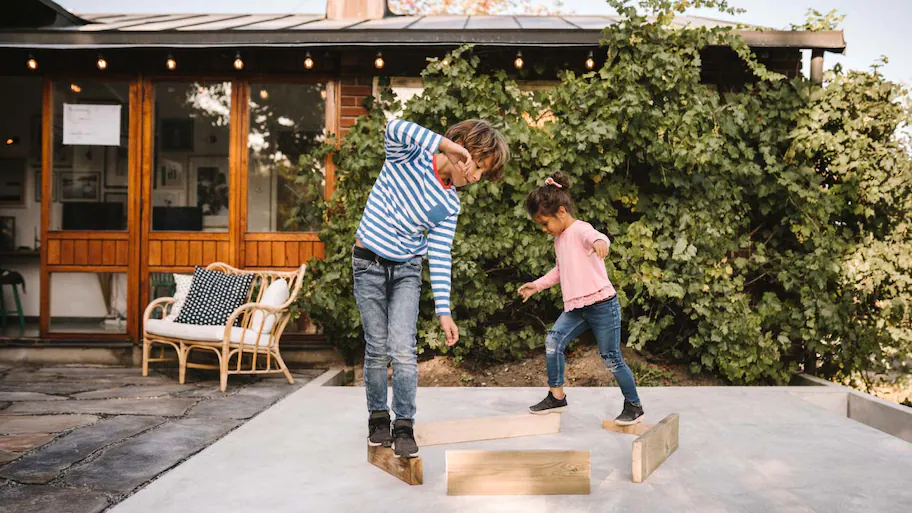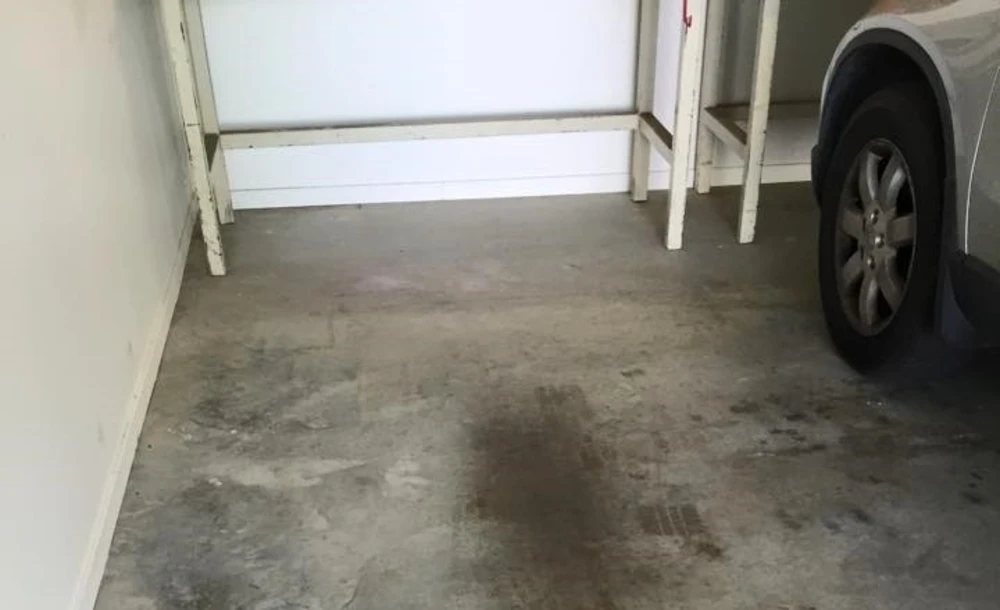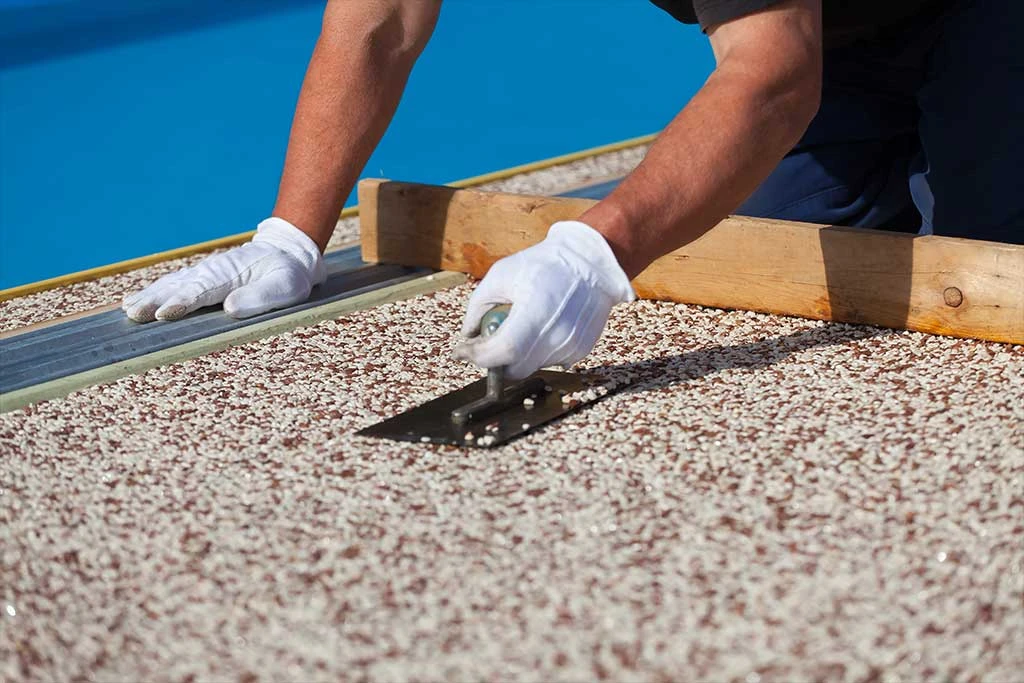What steps are involved in the epoxy flooring repair process
The epoxy flooring repair process typically begins with a thorough inspection of the damaged area to assess the extent of the problem. The next step involves surface preparation, which can include cleaning, grinding, or sanding to remove any debris, dirt, or loose epoxy. For cracks or chips, a filler may be applied to create a smooth base before the epoxy is added. The epoxy is then mixed and applied to the prepared area, often in multiple layers, depending on the extent of the damage.
Once applied, the epoxy needs to cure, which can take several hours to a few days, depending on the product and environmental conditions. After curing, the repaired area is inspected for quality, ensuring that the finish is smooth, durable, and matches the rest of the flooring. This thorough process ensures that the repair is effective and long-lasting.
What are the benefits of maintaining epoxy flooring regularly
Regular maintenance of epoxy flooring offers several benefits, including preserving its appearance, preventing damage, and extending its lifespan. Routine cleaning removes dirt and debris that can cause scratches or wear down the epoxy surface over time.
Additionally, regular inspections allow you to spot and address minor issues before they become major problems, such as small cracks or areas of wear. Maintaining your epoxy flooring also ensures that it remains resistant to stains, chemicals, and moisture, which are some of its key advantages. By investing in regular upkeep, you can keep your epoxy floor looking like new and avoid costly repairs or replacements in the future.
FAQs
How long does epoxy flooring typically last before needing repairs?
Epoxy flooring can last anywhere from 5 to 10 years before needing repairs, depending on the level of traffic and the environment it’s in. Regular maintenance can help extend its lifespan, delaying the need for major repairs.
What causes epoxy flooring to crack or peel?
Cracking or peeling of epoxy flooring can be caused by improper installation, heavy impacts, exposure to harsh chemicals, or underlying moisture issues. Addressing these issues promptly can prevent further damage.
Can epoxy flooring be repaired, or does it need to be replaced?
In most cases, epoxy flooring can be repaired rather than replaced, especially if the damage is limited to specific areas. A professional can assess the damage and recommend the best course of action, whether it's a repair or a full replacement.
What should I do to prepare my floor for an epoxy repair?
To prepare your floor for an epoxy repair, ensure the area is clean and free of debris. Remove any furniture or obstacles from the repair area and, if possible, limit foot traffic on the floor before the repair begins. Your contractor may provide specific preparation instructions based on the extent of the repair.
How soon can I use my floor after an epoxy repair?
After an epoxy repair, it’s typically recommended to wait at least 24 to 48 hours before using the floor to allow the epoxy to fully cure. For heavy use or placing heavy objects on the floor, waiting a full week may be advised to ensure maximum durability.







